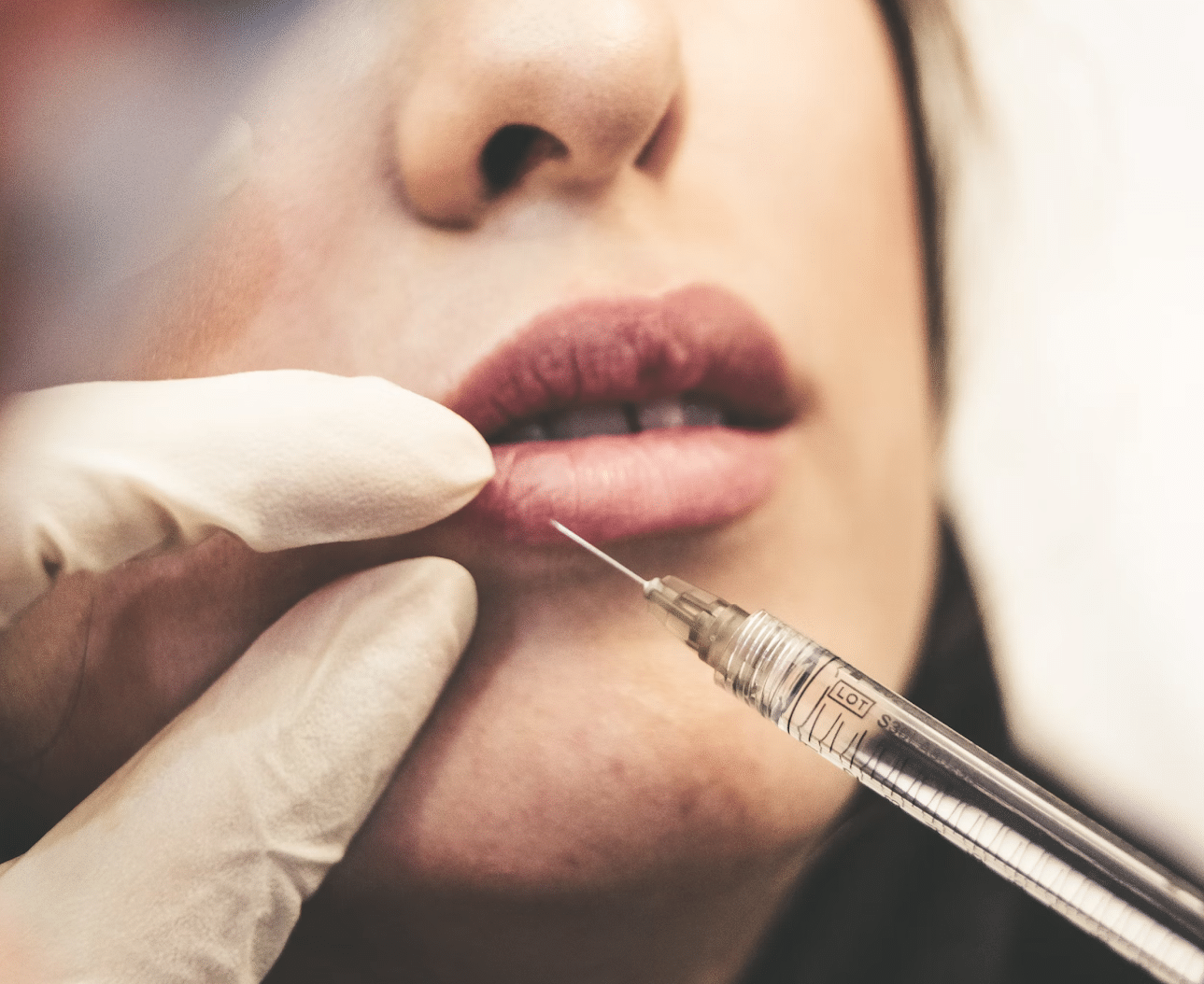By Dana Jacoby
The business of aesthetics is big money
In 2024, the medical aesthetics industry continues to thrive, largely propelled by significant private equity investments alongside increasing consumer demand.
Here we explore how these investments are helping to drive growth, the strategy behind the deals being struck, and the resilient nature of the industry, even amidst economic uncertainties.
What is medical aesthetics?
Medical aesthetics refers to cosmetic treatments aimed at enhancing appearance and combating the signs of aging. This sector includes a broad range of services from botox and laser treatments to liposuction and surgical enhancements.
It is differentiated from general aesthetics or spa aesthetics in that it requires a high level of skill and, in most cases, medical training to carry out.
How private equity investments are driving growth
Private equity firms have identified the medical aesthetics industry as a lucrative and resilient market. In 2022, the reported revenue for U.S. medical aesthetics manufacturers was about $9 billion, reflecting a steady growth of approximately 10% per year since 2017.
The consumer spending in this sector is nearly triple that amount, around $25 billion, highlighting the significant markup from manufacturing to retail prices. In segments like facial injectables, which are popular among younger consumers, growth rates in five years have reached as high as 12%.
As a result, private equity firms have continued to invest heavily in this sector, creating a positive feedback loop of investment and growth between PE and medical aesthetics, driving innovation and expansion. These investments not only deliver significant financial injections, but also strategic partnerships, providing resources and management expertise to fuel growth and expand more rapidly.
What investment strategies are being used?
From 2022-2023 there was a significant increase in the number of private equity platform investments being established in the medical aesthetics market, including Alpha Aesthetics Partners and Princeton MedSpa Partners. Firms like these are adopting tailored strategies for investment, targeting medical spas with potential for scalable healthcare and profitable cash-pay models.
Firms vary in their strategic approach used to invest. Some acquire medical spas outright, while others prefer growth capital investments, enabling expansion without full ownership. This strategy includes handling operational tasks, freeing spa owners to focus on higher priority items such as patient care and business development and expansion.
Such strategic partnerships are reshaping medical aesthetics, providing a blend of financial support and business acumen to drive aesthetic industry growth and innovation.
A sector unfazed by financial uncertainty
The medical aesthetics industry has shown an unusual resilience to economic downturns. This resilience is attributed to the consistent demand for personal aesthetic enhancements and the importance placed on aesthetics within wider society, which seems to transcend economic cycles.
Looking forward
As 2024 unfolds, private equity’s role in the medical aesthetics sector is clear — driving growth, fostering innovation, and building resilience in a dynamic and thriving market.
To learn about what we do, or get further insights about private equity trends impacting medicine and other hot topics, visit the Vector Medical Group Insights.


